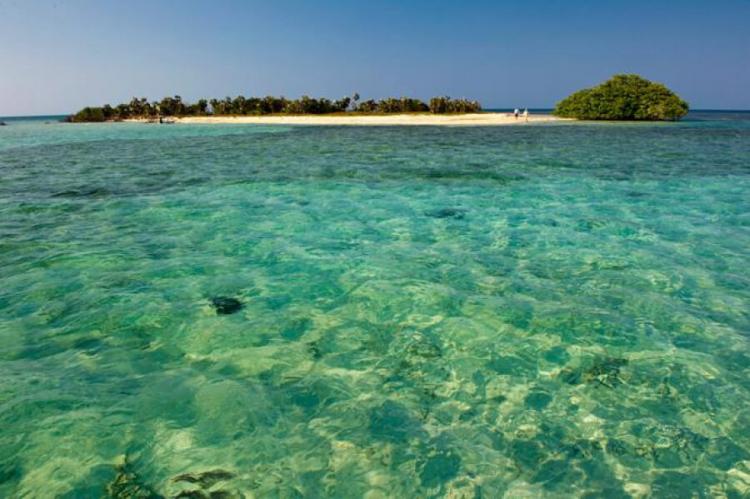Jardines de la Reina: Cuba's Spectacular Marine Sanctuary
Nestled off Cuba's southern shores, the Jardines de la Reina archipelago beckons as an aquatic haven, revered for its untouched coral reefs and flourishing marine habitats. This expansive sanctuary, encompassing over 250 coral islands and cays, is one of Cuba's most significant protected regions.
Jardines de la Reina: Cuba's Spectacular Marine Sanctuary
Nestled off Cuba's southern shores, the Jardines de la Reina archipelago beckons as an aquatic haven, revered for its untouched coral reefs and flourishing marine habitats. This expansive sanctuary, encompassing over 250 coral islands and cays, is one of Cuba's most significant protected regions, boasting dual distinctions as a marine reserve and a national park. Renowned for its translucent waters and immaculate coral formations, the area teems with a rich array of marine biodiversity.
Geographical Overview
Jardines de la Reina spans the azure waters of the Caribbean Sea, nestled between the Gulf of Ana Maria, Guacanayabo, and the Caballones Channel. Extending over 150 kilometers (93 miles) from Cayo Breton to Cayos Mordazo, this archipelago forms a mesmerizing labyrinth of coral islands and cays, with highlights including Caguamas, Cayos Cinco Balas, and Cayo Granada. Its pristine waters and diverse habitats make it a haven for marine life, attracting diving enthusiasts and anglers from around the globe.
Marine Reserve and National Park Designation
In 1996, Jardines de la Reina was designated a marine reserve, marking a significant milestone in Cuba's conservation efforts—this designation aimed to protect the fragile marine ecosystems and ensure their sustainable management. Subsequently, in 2010, Jardines de la Reina was established as a national park, solidifying its status as a core area of the Buenavista Biosphere Reserve. With an expansive area of 2,170 square kilometers (840 square miles), this protected area safeguards the archipelago's biodiversity and cultural heritage for future generations to cherish and enjoy.
Underwater Wonderland
Jardines de la Reina beckons adventurers with its mesmerizing underwater landscapes, characterized by canyons, pinnacles, and caves teeming with life. Healthy mangroves, vibrant sponges, and intricate black corals adorn the reef, providing a habitat for a dazzling array of marine species. Divers and snorkelers are treated to encounters with cubera snapper, bonefish, yellowfin grouper, Atlantic goliath grouper, and the magnificent whale shark, among others. The archipelago's underwater realm also hosts an abundance of silky and Caribbean reef sharks, adding to the allure of this marine wonderland.
Recreational Activities
Jardines de la Reina is a mecca for diving enthusiasts, offering unparalleled opportunities to explore its pristine coral reefs and encounter its diverse marine inhabitants. The archipelago's crystal-clear waters and favorable diving conditions make it an ideal destination for novice and experienced divers. Additionally, the archipelago is renowned for its sport fly-fishing, with catch and release fly-fishing and a limited, well-regulated lobster fishery permitted within the park boundaries. These recreational activities provide visitors with unforgettable experiences and contribute to the sustainable management of the archipelago's marine resources.
In conclusion, Jardines de la Reina is a testament to Cuba's commitment to environmental conservation and sustainable tourism. As a marine reserve and national park, this pristine archipelago safeguards the ecological integrity of its coral reefs and marine habitats while providing visitors with unparalleled opportunities for recreation and exploration. By balancing conservation efforts with responsible tourism practices, Jardines de la Reina exemplifies the harmonious coexistence between humanity and nature, ensuring the preservation of its natural wonders for generations to come.
